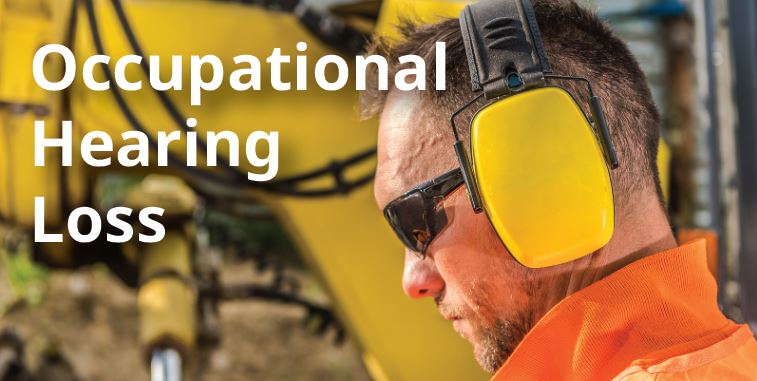
The Iowa Occupational Hearing Loss Act provides coverage for injury to employees from hearing loss due to prolonged exposure to excessive noise levels. Occupational hearing loss in one or both ears is a permanent sensorineural loss in excess of 25 decibels that arises out of and in the course of employment. It does not include hearing loss due to age or any other condition or exposure not arising out of and in the course of employment. An audiologist has been found qualified to provide expert testimony as to the source of hearing problems.
It should be noted that compensation is not paid if an employee refuses to submit to reasonable physical and audio metric testing. Compensation is also not paid if the employee refuses or fails to wear protective devices provided by the employer. The failure to wear protective devices should be thoroughly documented. The employee also has to work in excess noise for the employer from whom compensation is claimed for at least 90 days.
A claim for occupational hearing loss based on noise exposure can only be brought after the employee has separated from employment where the excessive noise occurred. The employee can bring a claim one month after he or she separates employment. A change in job from a high noise level exposure to a job with a low noise level exposure with the same employer is sufficient.
The date of injury of Occupational Hearing Loss claims is defined as:
- Retirement
- Transfer out of the excessive noise to another position
- Termination of the employer-employee relationship
If you have an employee with a hearing shift from a hearing test the claim should not be called into Company Nurse until one of the above three scenarios occurs and the employee feels their hearing loss is related to work.
Hearing Conservation Program
Employers with employees that are exposed to noise above 86 decibels on an eight-hour time weighted average (TWA) are required by Iowa law to have a hearing conservation program.
How do I know if my employees are at that threshold?
Generally, employees who use or are close to equipment that causes you to raise your voice to hear a conversation are potentially affected. The average mower for example, runs at 92 decibels. There are apps for Apple and Android phones that can be used to get a very good approximation of the noise level. Members can either use the approximation as their base or they can hire an industrial hygienist to conduct a noise survey. Most of our members have used a conservative measurement of the phone test as their base.
Once the sources of high noise levels are identified, the employer should determine what employees are affected and what course of action is needed to mitigate the noise exposure.
To better understand the requirements of the hearing conservation program please review the model policy. You can also ask your IMWCA Safety and Risk Improvement Adviser for guidance.
For those members using Learn, there are two related courses on Hearing Conservation and Personal Protective Equipment: Noise Exposure and Hearing Conservation to share with their employees.
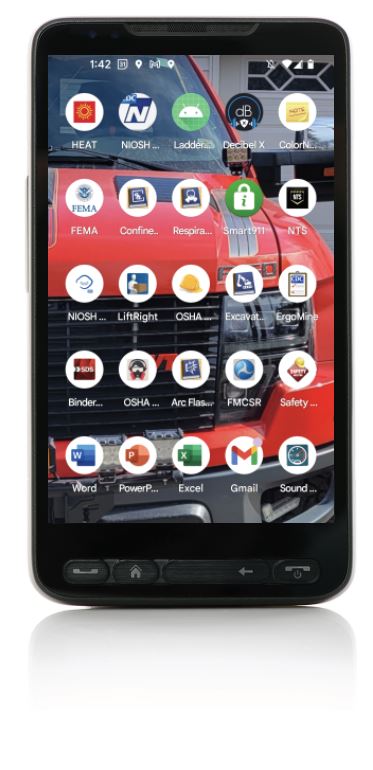
Enhancing Worker Safety:
A Look at Safety Apps
In today’s fast-paced work environments, prioritizing employee safety is non-negotiable. Luckily, the rise of safety apps is offering a tech-savvy approach to keeping workers out of harm’s way. Let’s explore some standout safety apps that your team can implement today.
- Heat Safety Tool App
The OSHA-NIOSH Heat Safety Tool is a useful resource for planning outdoor work activities based on how hot it feels throughout the day. It has a real-time heat index and hourly forecasts specific to your location. It also provides occupational safety and health recommendations from OSHA and NIOSH. - Sound Level Meter App
The NIOSH Sound Level Meter app can measure workplace noise to determine if workers may experience hazardous noise exposure. The free app combines the best features of professional sound levels meters and noise dosimeters into one simple tool. The app was created to empower people to test noise levels in their workplace, make informed decisions about noise exposure, and prevent occupational hearing loss. Please note that this is only available for iPhones, not Android phones. - Ladder Safety Mobile App
The Ladder Safety App, NIOSH’s first mobile application, is designed to improve extension and step ladder safety — a concern for those working in construction or any other task that requires ladder use. - FEMA Mobile App
The FEMA app allows you to receive real-time weather alerts, locate emergency shelters in your area, prepare for common hazards, and more. - Emergency Response Guide App
The ERG 2020 app is distributed by the U.S. Department of Transportation (DOT)Pipeline and Hazardous Materials Safety Administration (PHMSA). Development was provided by the National Library of Medicine. - NIOSH Pocket Guide App
The NIOSH Pocket Guide to Chemical Hazards presents information taken from the NIOSH/OSHA Occupational Health Guidelines for Chemical Hazards, from National Institute for Occupational Safety and Health (NIOSH) criteria documents and Current Intelligence Bulletins, and from recognized references in the fields of industrial hygiene, occupational medicine, toxicology, and analytical chemistry. The information is presented in tabular form to provide a quick, convenient source of information on general industrial hygiene practices
Safety apps serve as a great tool in proactively preventing accidents, mitigating risks, and fostering a culture of safety. Safety apps can be downloaded from your preferred app store.
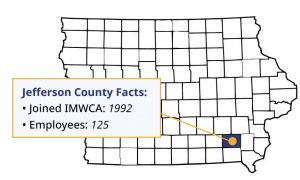
Member Highlight:
Jefferson County
Elizabeth Estey Safety Committee Chair provided some insight on what the county has been doing to develop and maintain their safety culture.
What is your county doing to provide a safe workplace?
Jefferson County has great participation with many departments for our Safety Committee. We discuss claims, issues and general safety information.
Do you have a Designated Provider and a Return-To-Work policy?
Jefferson County works with our local hospital as a Designated Facility for our workplace injuries and have recently updated our physical process working as a team with that facility as well. Jefferson County does have a Return-To-Work policy as part of our Safety Manual.
Please describe your safety committee structure? Who is on the committee, how often do you meet and what are the short-term goals of the committee?
Our committee has representation from Conservation, Jail, Recorder, Treasurer, Board of Supervisors, Auditor, Public Health, Attorney, Roads, EMA, Veterans Affairs and our new County Ambulance Service. We meet monthly to go over claims, and any other safety information members bring to the table. We talk about training throughout the county, upcoming or requested, and have utilized IMWCA’s LEARN to promote further safety training for all employees. We are currently working on an updated Safety Manual that will include standardized pre-employment assessments and county-wide incident-specific emergency response procedures, to name a few.
What words of wisdom do you have for other members of IMWCA to help them develop their safety culture?
Safety culture begins with the goal to provide a safe working environment for all of our employees, but in practice it comes down to having dedicated safety committee members who actively work towards that goal and keep moving the county forward.
What current issues is the committee working on now?
The county has recently taken on the county-wide EMS service. Ensuring those potential employees received the proper pre-employment physicals was an in-depth process that we have completed. We recently updated our Incident Review form, so the committee has better information to work off of for improvement actions.

Seeking New Board Members
IMWCA is governed by a nine-member board of trustees, which meets 5 times a year. All board members are currently serving elected and appointed officials and are elected by the IMWCA membership. As a self-insured risk pool, we were created for our members and are managed by our members. Two board members have retired so we are currently taking applications for one city representative and one county representative to join our board.
If you are interested in becoming more involved with IMWCA and serving on our executive board contact
Jeff Hovey, Director of Risk Services.
Invoices/Refunds 22-23 Audit
Audit premium invoices were mailed to IMWCA members with additional premiums due on November 27. For those members with an audit credit, return checks were mailed on December 1. The electronic annual audit report and final audit premium schedule are available through the Member portal on our website. Members and agents will access the documents by using their individual sign-in. IMWCA will continue to make the audit reports available online as we receive them from Information Providers Inc.
If there are any questions regarding an audit invoice or return check please contact Andrew Justice at andrewjustice@iowaleague.org or (800) 257-2708.
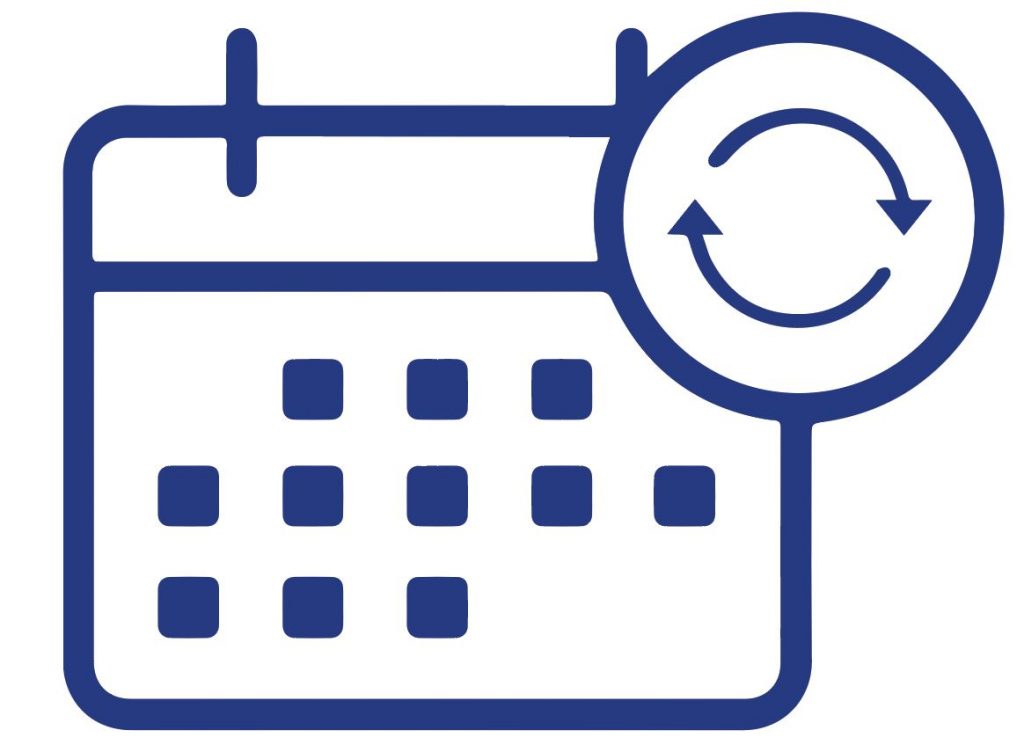
2024 Key Dates Calendar
Stay on top of upcoming deadlines and events in 2024, by subscribing to IMWCA’s Key Dates Calendar. The calendar includes OSHA reporting deadlines, renewal and audit timelines, and relevant training.
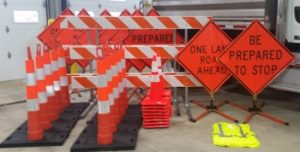
Iowa LTAP Work Zone Sign Package Program
Cities: Apply for the Iowa LTAP Work Zone Sign Package Program. Applications are due December 31.




